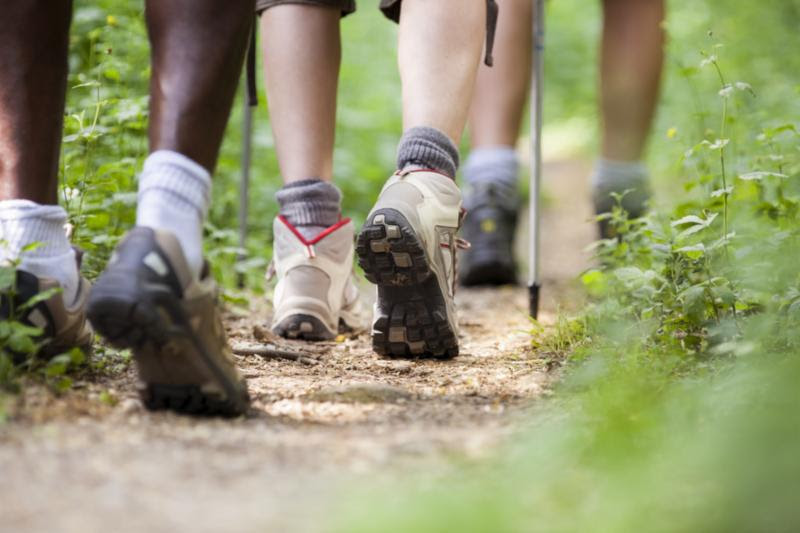Exercise DURING Cancer Treatment has Many Benefits 💚
The theme for this week …
Recently I shared about the benefits of exercise on cancer survivorship. (If you missed it, check the post out here.) This week the focus is on exercise during cancer treatment.
Exercise can be so important to overall physical and mental health during cancer treatment. It is significant enough that there is a push to establish the specialty of cancer exercise and include exercise as part of a treatment plan. Read on …
Benefits of exercise during cancer treatment
The various types of cancer treatment (surgery, chemo, radiation, targeted biologics) each have side effects ranging from nausea to fatigue, which can affect quality of life.
Multiple studies have shown that a combination of resistance exercise and aerobic/cardio exercise provide lasting benefits to counter-act the treatment side effects.
Surprisingly, many of these benefits carry-over when measured a year after treatment!
What are the benefits of exercise?
This recent study summarizes and categorizes the studies of exercise interventions upon treatment for specific types of cancer.
These are some of the major benefits noted:
- Minimized or stabilized loss of muscle and endurance
- Improved insulin resistance
- Fatigue reduction
- Side effect reduction
- Improved sleep quality
- Reduction in anxiety and depression
How much and what types of exercise?
Both walking and resistance training have been studied. For the biggest impact, focus on resistance/strength training.
Why?
- Metabolism: Muscle does it all! Maintaining muscle mass is key to insulin management, fatigue, and endurance.
- Sleep: Moving easier often correlates with moving more. More movement is associated with better sleep.
- Mental health: Stable sleep and activity correlate with stable moods, meaning less anxiety and depression.
The research also says to push through and exercise. Yes, but maybe there is more to why being active is a challenge.
Over the years, at the Bridging® Institute, we have found correlations between specific pains or movement limitations related to specific aspects of treatment. Those are covered in more detail next.
Insight of the Week from Cara
Over the years I’ve met many clients who have had cancer treatment and are struggling to find a way to stay active. Certain pains and range of motion limitations end up being related to aspects of treatment. We find there is opportunity for significant improvement with Bridging®!
Working together during treatment is also an opportunity to mitigate the physical stress sooner in the journey.
Specific ways Bridging® helps support during treatment?
Many cancer patients experience pain and stressful movement from the following aspects of treatment:
- Biopsy or surgical scar tightness
- Lymph node or surgical drain removal pain
- Chemo port-a-cath shoulder restrictions
- IV and imaging contrast agent related pain and tightness at the elbow
- Radiation tightness and burning in the chest
- Scalp tingling or tightness
When in the process can we work together?
The key times during active treatment when Bridging® is helpful for comfort and pain management are:
- Biopsies: Once healed
- Surgeries (i.e. lumpectomy, mhos skin cancer removal, mastectomy, colon resection) 6 weeks following, when cleared for activity
- Chemo or imaging contrast in arms: Days to weeks after, in between
- Radiation: After completion of the scheduled treatments
The above aspects of cancer treatments impact the body in very specific ways, so the Bridging® support is very specific too.
We support the area where movement flows are disrupted from treatment, and add a gentle wiggle and stretch. This resets your muscle memory so you can move easily and confidently again. You feel relief, and the changes are long-lasting.

